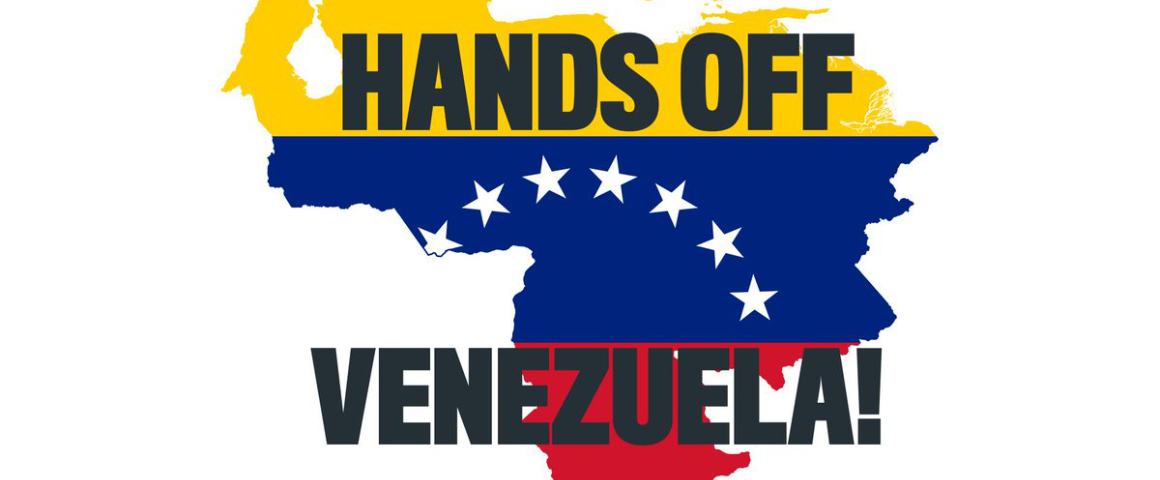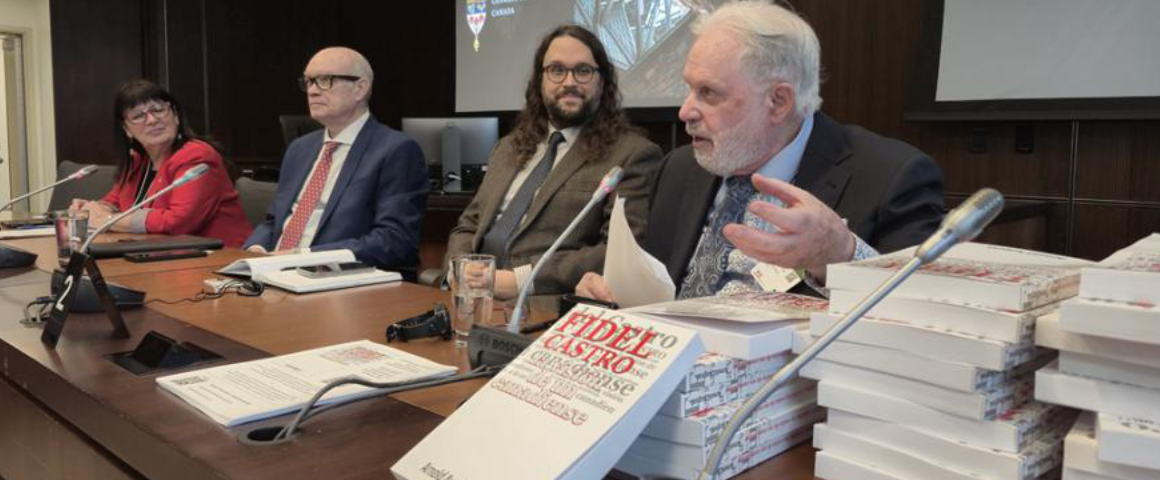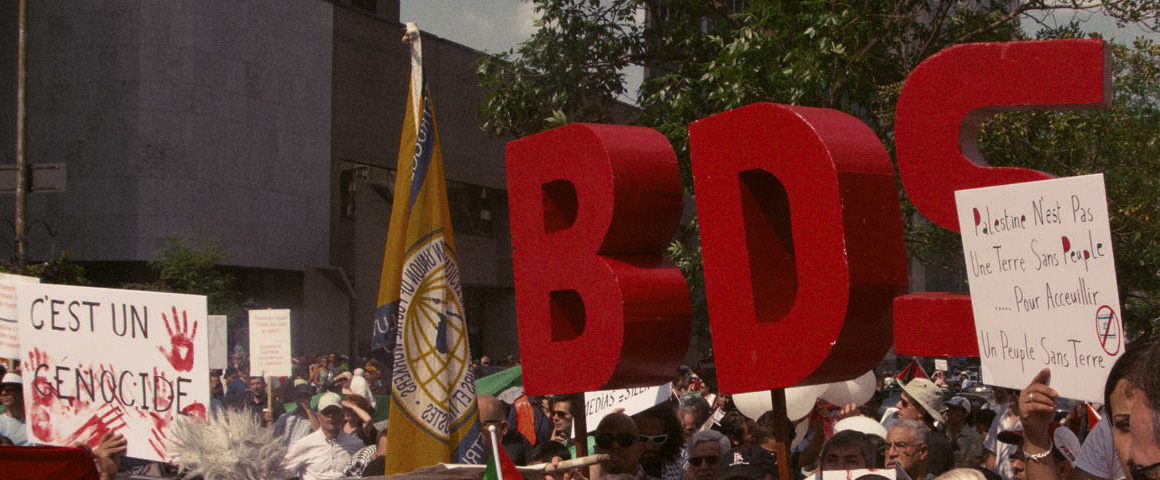The first two decisions by President Trump following his inauguration were to withdraw from the Trans Pacific Partnership (TPP) agreement, and to renegotiate the North American Free Trade Agreement (NAFTA). He campaigned on the mass permanent unemployment, slashed wages and living standards, and de-industrialization that NAFTA caused in the US, blaming the carnage on the Democrats and Bill Clinton who negotiated the deal in 1994.
But Trump’s plans aren’t intended to help workers, to reduce climate change, or to respect the sovereignty and independence of its trading partners, or their economic needs and well-being. A quick look at the Trump Cabinet tells the whole story: this is a government of billionaires intent on running the country like a corporation. They aim to rack up the biggest private profits ever, for themselves and for the US-based transnational corporations they speak for. Their foreign and trade policies fit the same mold.
A January 10th Op-Ed piece in the Globe and Mail by Gordon Ritchie, former ambassador for trade negotiations and deputy chief negotiator of the Canada-US Free Trade Agreement (FTA) warns that there is no level playing field in US-Canada trade negotiations. The US is coming to get the things it couldn’t get in 1994.
Ritchie writes, “If, as president, Mr. Trump is determined to rework NAFTA in favour of the US protectionists, Canada must come to the table with its own serious demands and negotiators tough-minded enough to stand up to the neighbourhood bully. High-minded tinkering will not be enough.”
But NAFTA is, and always has been a bad deal for Canada, and efforts to renegotiate it can’t change that. Standing up to the neighbourhood bully means Canada should pull out of NAFTA now.
What Trump Wants
Richie’s Op-ed piece summarizes the key demands that the US is likely to make in NAFTA negotiations. First, to impose restrictions on BC’s softwood lumber exports, which the US has tried to curtail since 1994 with legal challenges under NAFTA’s Chapter 11 (investor state dispute settlement mechanism). Those attempts failed, but finally forced Canada to sign a 10-year agreement restricting its exports. This agreement has now expired. Trump wants to impose these unacceptable conditions on softwood exports into the NAFTA agreement.
It’s clear that softwood lumber is at the top of Trump’s demands to change NAFTA. But why would Canada agree to that? This is a very important resource industry, and jobs for Canadian workers.
Trump also wants to change the investor state dispute settlement (Chapter 11) which is a cornerstone of NAFTA, and a powerful reason to get out now. But he doesn’t want to get rid of ISDS, he wants to strengthen it to benefit US capital, at the expense of Canada and Mexico. If Trump gets his way, all future trade disputes will be resolved in favour of the US, under NAFTA.
Trump is also out to change the agricultural supply management system, which has been vital to protect Canadian agriculture, and to protect the food supply from companies like Monsanto, and from additives like rGBH which is already in the milk supply in the US and Mexico (and would have been allowed here under the terms of the TPP). The US strongly objects to the marketing boards that are also part of the supply management system. Trump wants free access for US producers to Canadian markets, and to restrict exports of Canadian food products, including dairy and pork, to the US market. This includes restrictions on imports of Canadian meat, using country-of-origin rules that are illegal under NAFTA.
Trump wants US and foreign car-makers to move their parts and assembly plants, so that cars sold in the US are all made in the US. Cars and trucks made outside the US, including Canada and Mexico, will face stiff tariffs and border taxes. His threat to slap a 35% border tax on Toyota cars and trucks, unless the company cancelled planned investment in Mexico, is a prime example of “America First”. He wants to add this to the new NAFTA deal, which would cost Canada thousands of direct and indirect jobs in the auto sector, profoundly impacting Canadian workers, manufacturing, and the economy as a whole.
Trump wants more access for mass corporate culture, in the way of US television and movies. State support for Canadian film, television, books, and culture is seen as an unfair trade subsidy that should be eliminated.
He wants to open up access for US healthcare corporations to operate in Canada, in competition with our single-payer Medicare system, and more access for Big Pharma.
Trump wants access to Canadian water, and to commodify the Great Lakes. He wants pipelines to transport Canadian oil, including bitumen, to US refineries in the Gulf. He is about to confirm the Keystone XL pipeline, which millions of Canadians oppose, and which Indigenous peoples have committed to stop. His rhetoric against climate change science will also likely find its way into the new NAFTA.
There is much more that the new US government wants to re-negotiate in NAFTA, including reductions in workers’ rights and in the powers of elected governments at all levels, in favour of the large national and multi-national corporations and supra-national institutions like NAFTA itself, and the Investor State Dispute Settlement sections of NAFTA.
There is nothing in NAFTA of benefit to working people for negotiators to salvage. This rotten deal should be finally buried.
Needed: A New Trade Policy
What working people urgently need is a new trade policy that protects our interests, respects the sovereignty and independence of our trading partners, and works for multi-lateral and mutually beneficial trade, secured in a foreign policy of peace, disarmament and mutual security. This new trade policy should include extending long-term credits to the developing countries.
Canada also needs an industrial strategy that includes a basic steel industry, and builds up value-added manufacturing and secondary industry, to create good jobs, raise living standards, and build the country. This should be done in an environmentally sustainable way, using science and technology to reduce greenhouse gasses and carbon emissions.
It should include a national strategy to build affordable social housing across Canada, and to expand publicly-owned municipal and provincial infrastructure.
It must include improved social programs and public services, expanded to include a national childcare program that is universally accessible, affordable, and public. It should include expansion of Medicare to include vision, dental, long term care, pharmacare, and mental health care; and enforcement of the Canada Health Act. It should include free tuition for post-education and stipends for students in post-secondary institutions.
The real change that working people seek includes expanded labour, civil, democratic and equality rights, and the protection of all citizens and residents from racism, xenophobia, sexism and homophobia.
That’s the Canada working people want. Not capitalist globalization, not NAFTA, and not far-right demagogues and governments like Trump’s.
Trudeau should take note of the outpouring of resistance at the Women’s March. Bowing down to Trump will cost him dearly. Now is the time to stand up for Canada – no weaseling allowed.




